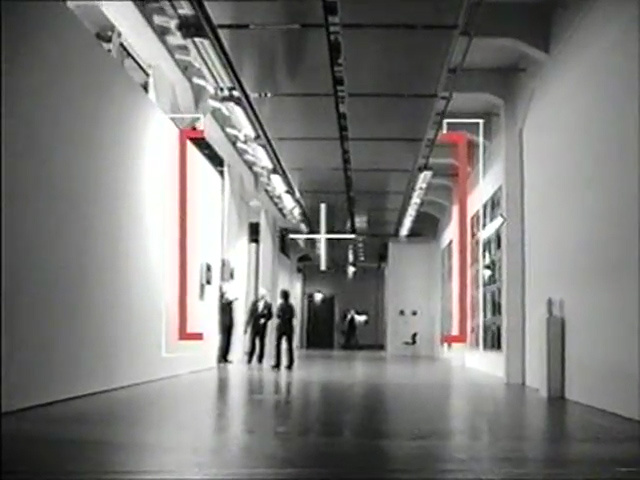Description
In 1785, the British philosopher Jeremy Bentham [1748-1832], founder of the doctrine of Utilitarianism, began working on a plan for a model prison called the panopticon. The signature feature of this design was that every one of the individual jail cells could be seen from a central observation tower which, however, remained visually inscrutable to the prisoners. Since they could thus never know for sure whether they were being watched, but had to assume that they were, the fact of actual observation was replaced by the possibility of being watched. As a rationalist, Bentham assumed that this would lead the delinquents to refrain from misbehaving, since in order to avoid punishment, they would effectively internalize the disciplinary gaze. Indeed, Bentham considered the panoptic arrangement, whereby power operates by means of the spatial design itself, as a real contribution to the education of man, in the spirit of the Enlightenment.<br />
While long the subject of theoretical and political debate, the panopticon was reintroduced into contemporary philosophical discussion in 1975 by the French philosopher Michel Foucault who insisted on its exemplary role as a model for the construction of power in what he called a »disciplinary society«. Ever since, the controlled space of the panopticon has become synonymous with the cultures and practices of surveillance that have so profoundly marked the modern world. When we hesitate to race through a red light at an intersection where we see a black box, not knowing whether it contains a working camera but having to suppose that it might, we are acting today according to the very same panoptic logic
Video Documentary:
ZKM | Institute for Visual Media
Camera/Editing: Yvonne Mohr
